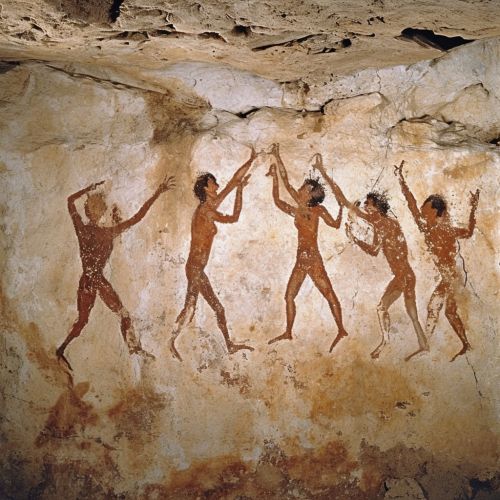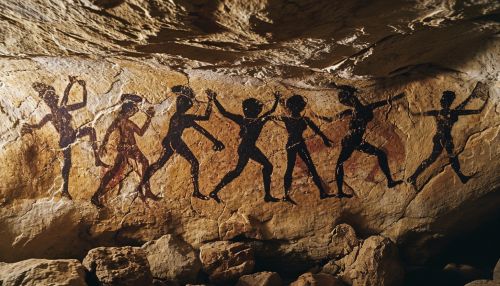History of dance
Origins of Dance
Dance, as an art form and cultural practice, has a rich and complex history that spans across millennia and continents. The earliest evidence of dance comes from prehistoric cave paintings in India and Egypt, dating back to around 33000 BCE. These early depictions of dance suggest that it was an integral part of early human societies, used for ritualistic and ceremonial purposes.


Dance in Ancient Civilizations
Dance played a significant role in many ancient civilizations, including those of Egypt, Greece, and Rome. In ancient Egypt, dance was a part of religious rituals and celebrations. It was also used in the Pharaoh's court for entertainment. Dance in ancient Greece was closely linked with theatre and music, and was often a part of dramatic performances. The Romans, on the other hand, used dance for both entertainment and military training.
Dance in the Middle Ages
During the Middle Ages, dance continued to evolve and diversify. In Europe, the church had a significant influence on dance, both in terms of its development and its suppression. While some forms of dance were embraced as a means of worship, others were condemned as sinful. Meanwhile, in the Middle East, dance traditions such as belly dancing flourished.
Renaissance and Baroque Dance
The Renaissance and Baroque periods saw a resurgence of dance in Europe. During the Renaissance, court dances became popular, leading to the development of dance forms such as the pavane and the galliard. The Baroque period, on the other hand, saw the emergence of ballet, a dance form that would go on to have a profound impact on the world of dance.
Dance in the 19th and 20th Centuries
The 19th and 20th centuries were periods of significant change and innovation in dance. The 19th century saw the development of romantic ballet, while the 20th century brought with it a range of new dance styles, including modern dance, jazz dance, and contemporary dance. This period also saw the emergence of social dances such as the waltz, the tango, and the foxtrot.
Contemporary Dance
Contemporary dance, a genre that emerged in the mid-20th century, is a diverse and dynamic field. It draws on a range of influences, from classical ballet to African dance, and is characterized by its emphasis on creativity and individuality. Contemporary dance continues to evolve and push boundaries, reflecting the changing world in which it exists.
Conclusion
From its earliest origins to its contemporary forms, dance has been a powerful means of expression and communication. It has been used to tell stories, to celebrate, to worship, and to challenge societal norms. Despite the many changes it has undergone, the essence of dance remains the same: it is a celebration of the human body and its ability to move, to communicate, and to express.
